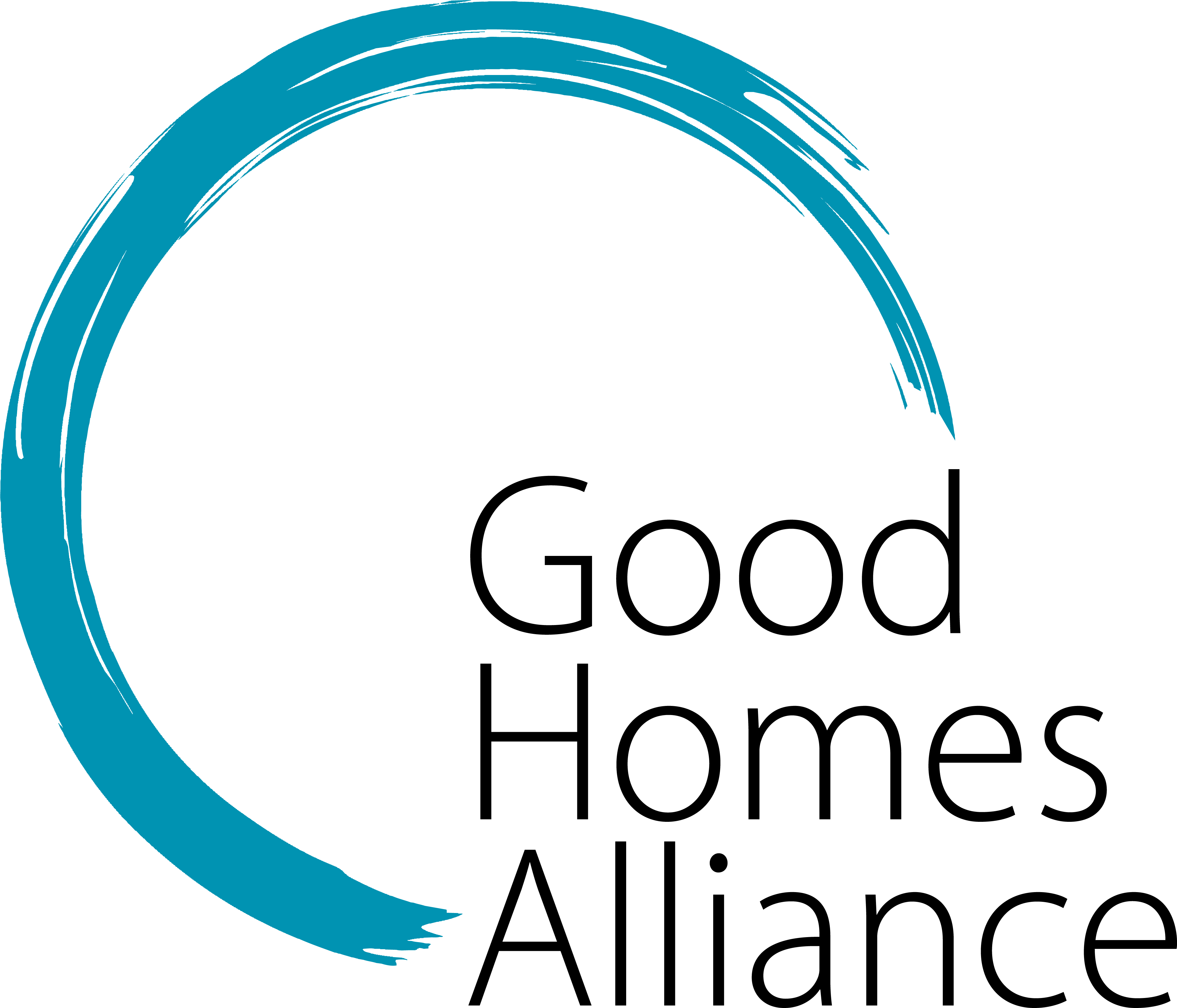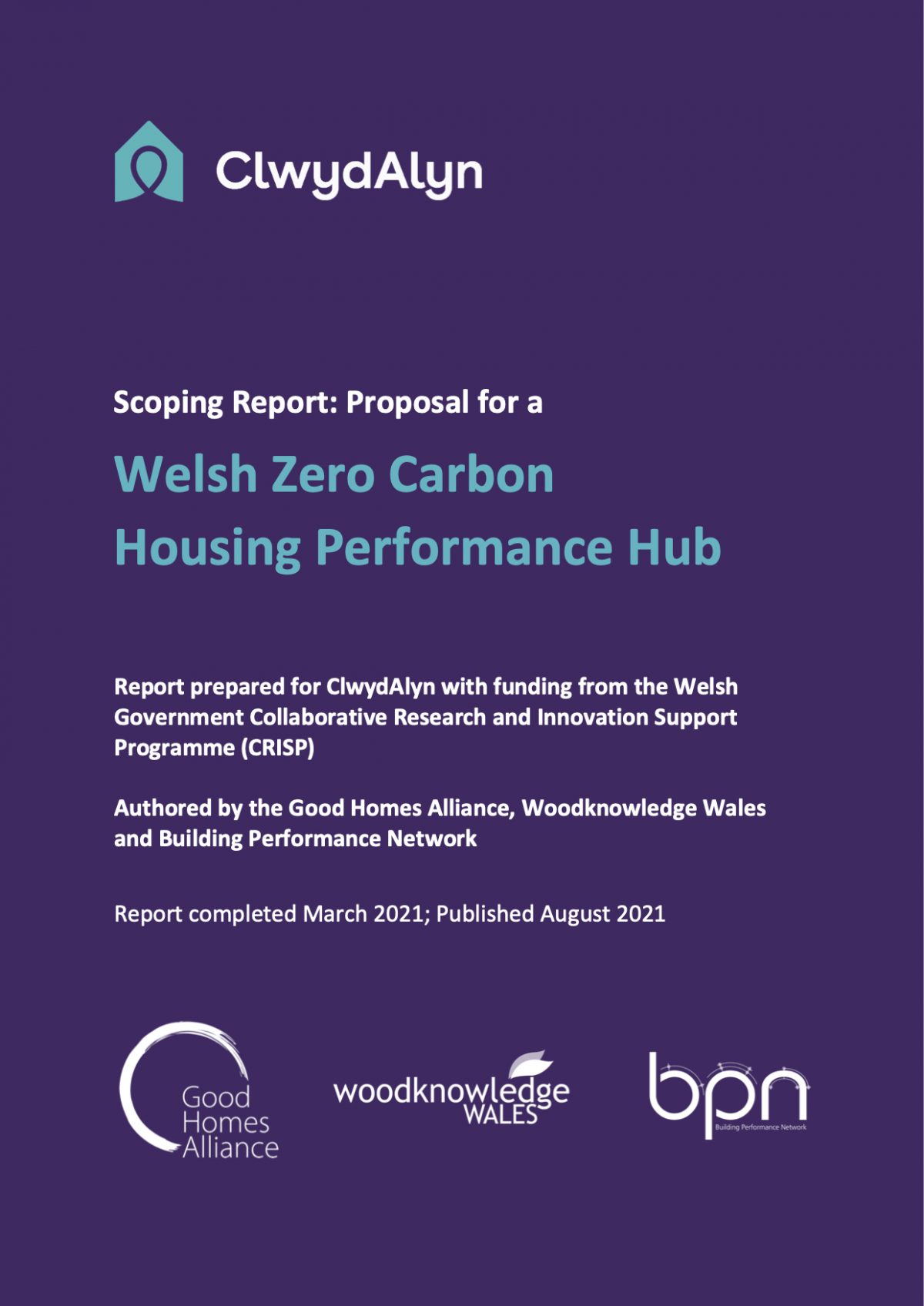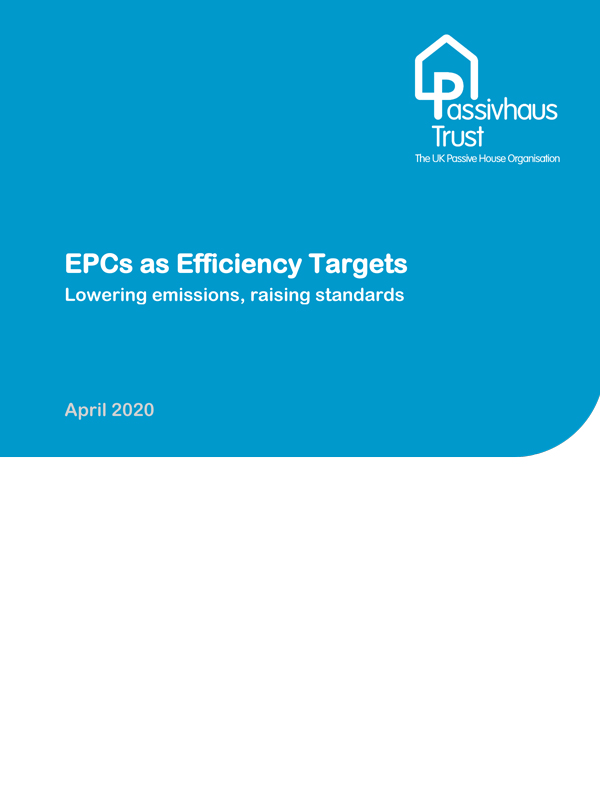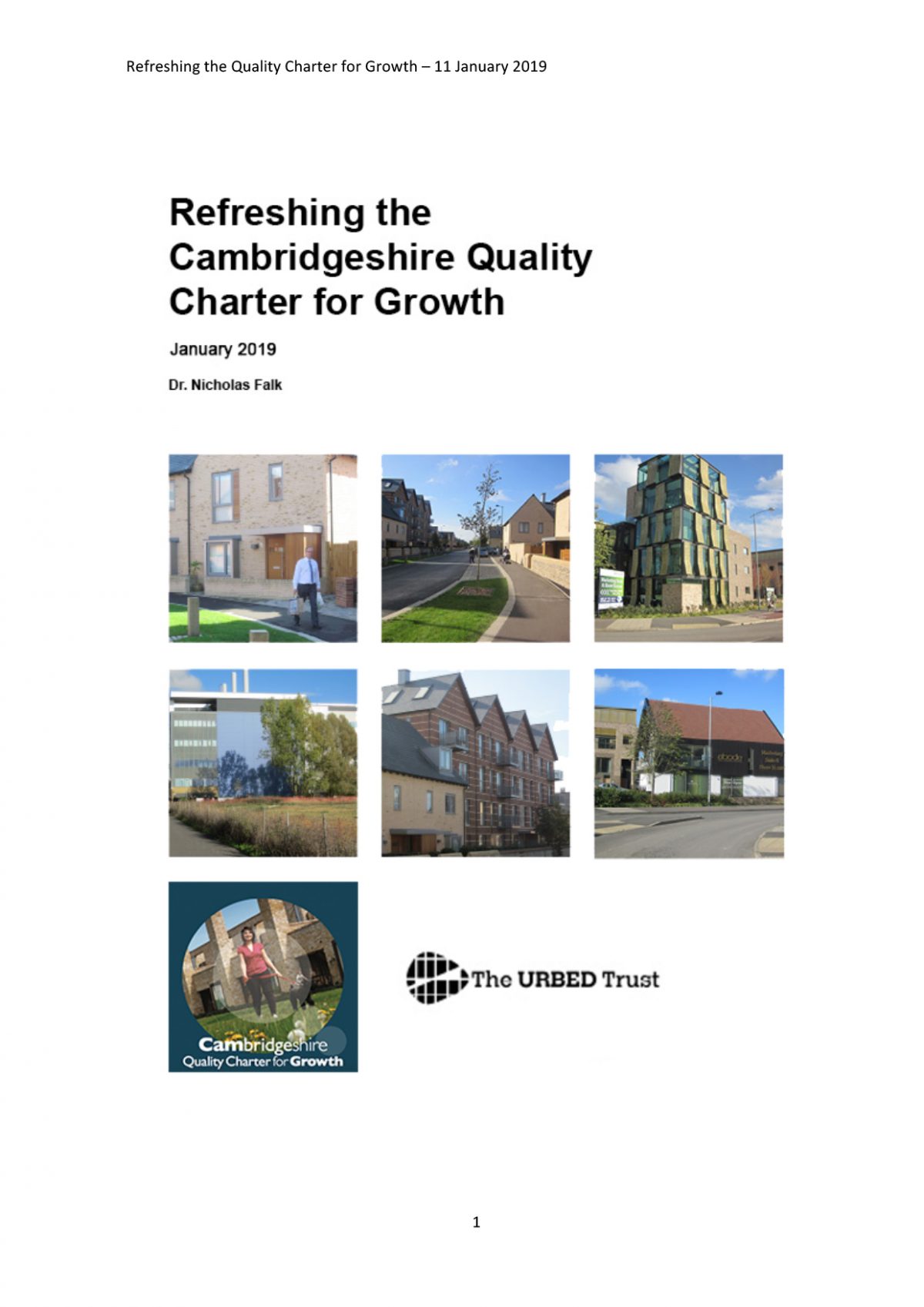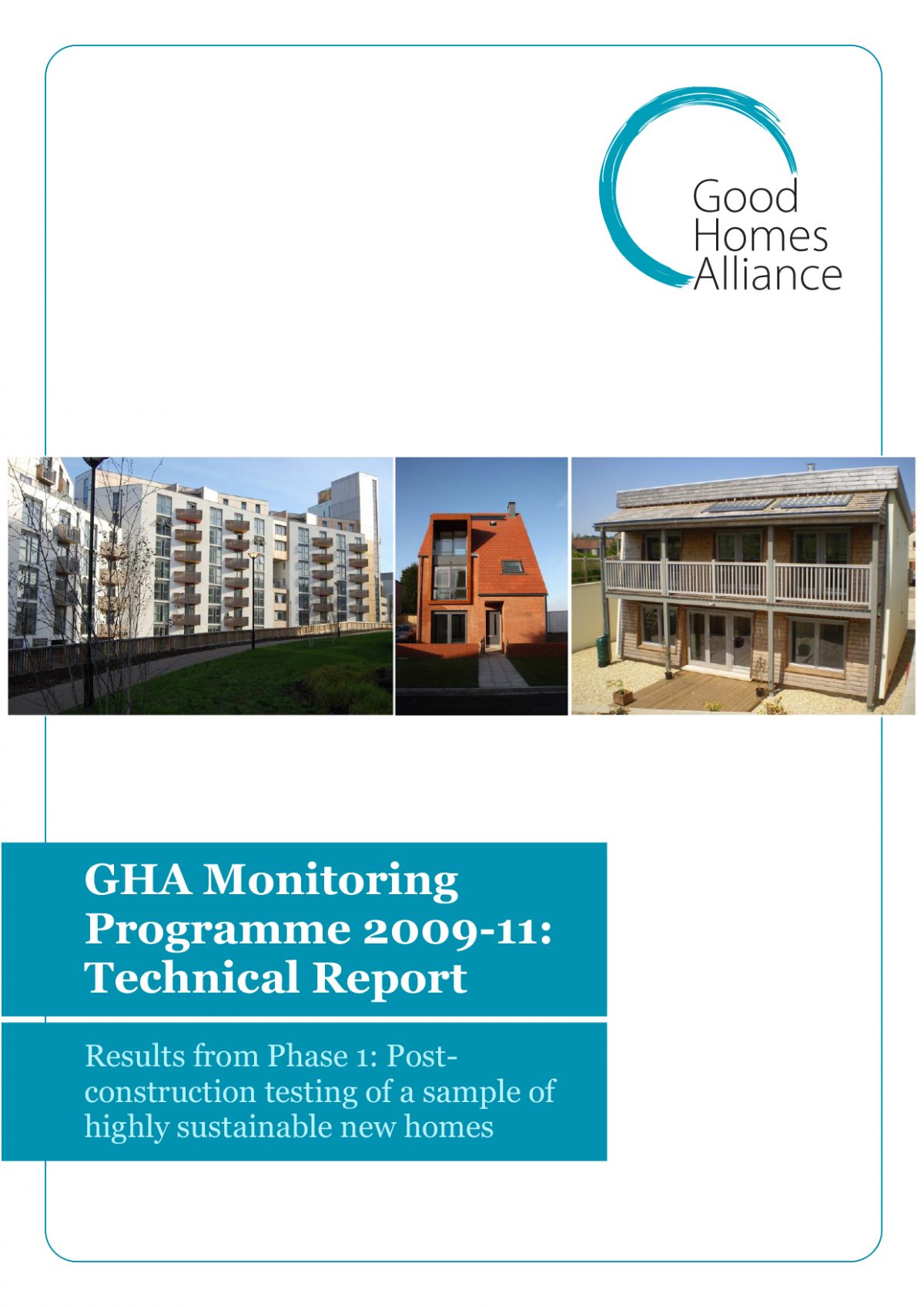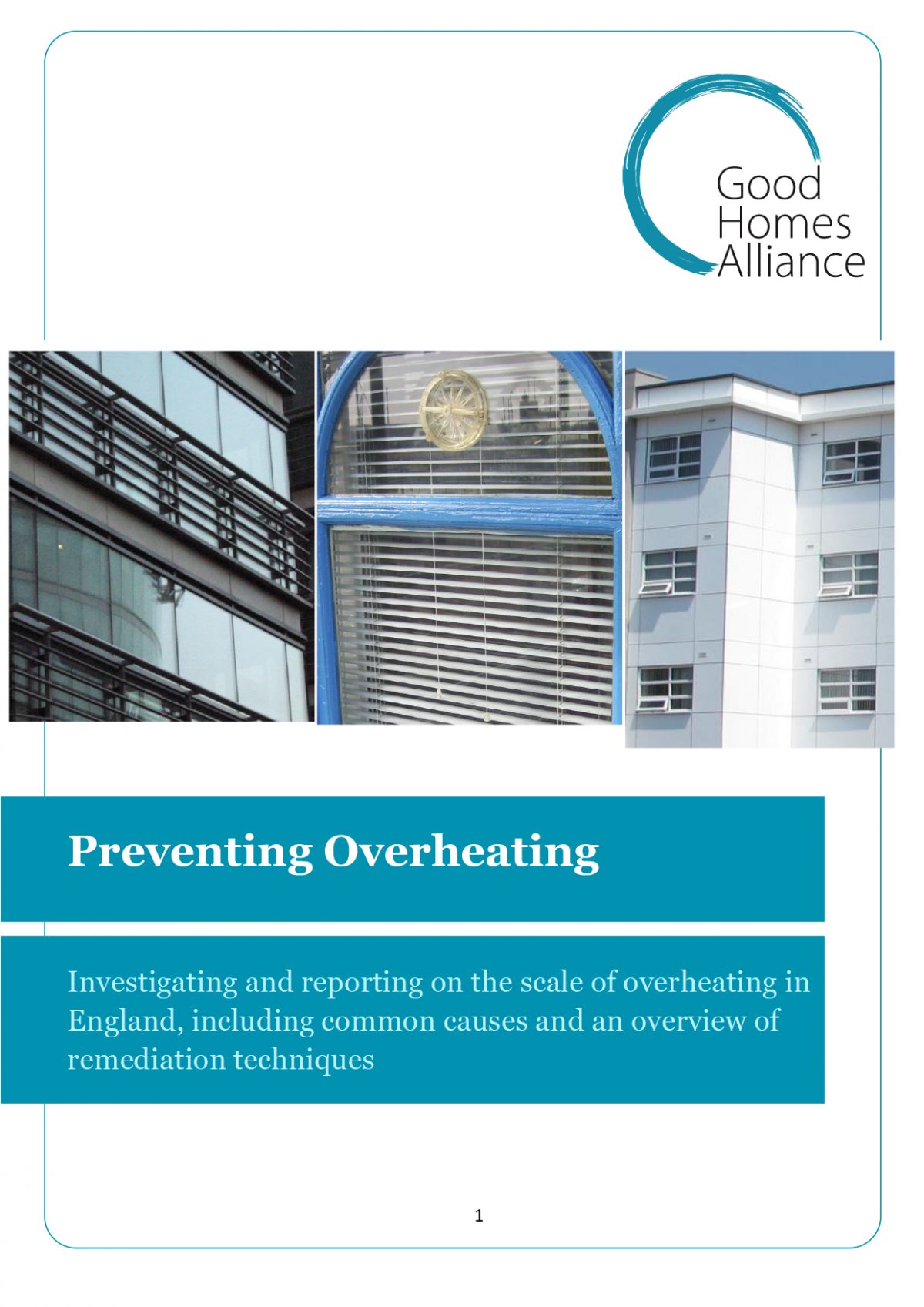The findings of a report that explored the potential of establishing a Zero Carbon Housing Performance Hub for Wales have been published.
This report is the conclusion of a three-month scoping study which brought together the Good Homes Alliance (GHA), Woodknowledge Wales and the Building Performance Network (BPN) to prepare a proposal for what the Hub’s core purpose could be, how it could add value to the housing sector in Wales, and how it could further the Welsh Government’s objectives.
The report includes a foreword from Julie James MS, Minister for Climate Change for the Welsh Government:
“This Zero Carbon Housing Performance Hub scoping study shows that there is strong support from the housing sector for a government endorsed body where industry, academia and NGOs can collaborate to share research, debate the issues and help shape future policy. The Hub could therefore become a resource for all similar initiatives to ensure a cohesive and coherent direction.
The Hub will also play its part in enabling a zero-carbon economic recovery that is purposefully aligned with the supply chain in Wales. Importantly for Wales, the Hub will enable the social housing sector to go zero early, bringing the benefits of low energy bills and healthy home environments to those that need them most. In short, the Hub will help facilitate and accelerate zero carbon high performance solutions that can be rolled-out at scale across all the housing sectors in Wales. We were delighted to be able to fund this scoping study and will give consideration to how we can support its implementation.”
Authors: Good Homes Alliance, Woodknowledge Wales and Building Performance Network.
Report prepared for ClwydAlyn with funding from the Welsh Government Collaborative Research and Innovation Support Programme (CRISP).
Study completed in March 2021 and conducted by Nicola O’Connor (Mandarin Research) and Ross Holleron (Building Performance Network) for the Good Homes Alliance in collaboration with Woodknowledge Wales and the Sustainable Development Foundation.
Publication date: August 2021
